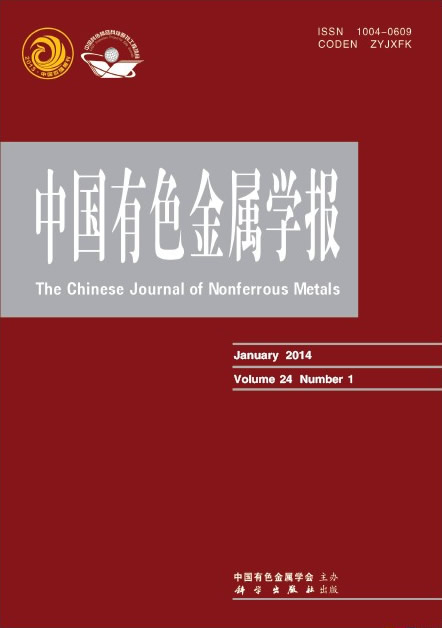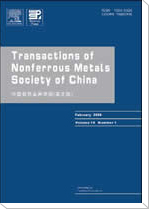(哈尔滨理工大学 材料科学与工程学院, 哈尔滨 150080)
摘 要: 借助于透射电子显微分析和衍射花样分析, 研究了ZMnD-1J四元锰铜阻尼合金时效时的组织转变过程, 进而探索了其组织变化与合金阻尼性能的关系。结果表明:时效时的组织变化包括时效初期花呢结构的形成、微细孪晶的形成和稳定相α-Mn形成的3个阶段; 时效前后最明显的差别是时效后产生了微细孪晶, 随孪晶数量的增加阻尼性能增加, 孪晶密度达最大值时, 阻尼性能也最大; 随时效时间的延长, α-Mn数量增加, 孪晶数量减少, 阻尼性能也降低。
关键字: 阻尼合金;锰铜合金;时效;组织
Mn-Cu damping alloy
(College of Materials Science and Engineering,
Harbin University of Science and Technology, Harbin 150080, China)
Abstract:The changing process of the microstructure of ZMnD-1J Mn-Cu damping alloy during aging was studied by the analyzing of transmission electron microstructure and diffraction patterns. And then, the relationships between the transformation of the alloy microstructure and its damping property were investigated. The results show that, during aging the transformation of the alloy microstructure consists of three stages, including the form of mottled substructure during primary aging, the forms of microtwinning and stable phase α-Mn. Compared the former microstructure in aging with the latter microstructure in aging, the most obvious different is that the latter produces microtwinning. Damping property increases in direct ratio with the quantity of twin. When the density of twin reaches maximum, damping property is also maximum. Prolonging with period of damping, the quantity of α-Mn increases, the quantity of twin decreases, the damping property decreases.
Key words: damping alloy; Mn-Cu alloy; aging; microstructure


